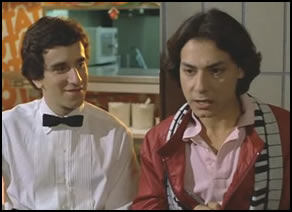The Movie Soundtrack
The movie soundtrack has become a great source for discovering music. Many dramatic scenes are fully augmented by appropriate audio, which in turn drives sales of the songs themselves. It is a nice […]

The movie soundtrack has become a great source for discovering music. Many dramatic scenes are fully augmented by appropriate audio, which in turn drives sales of the songs themselves. It is a nice […]

Buy Steppenwolf Buy The Second Steppenwolf arrived on the rock scene like a storm in 1968 and released their first two albums, which produced their most indelible classics which persist to this day, […]